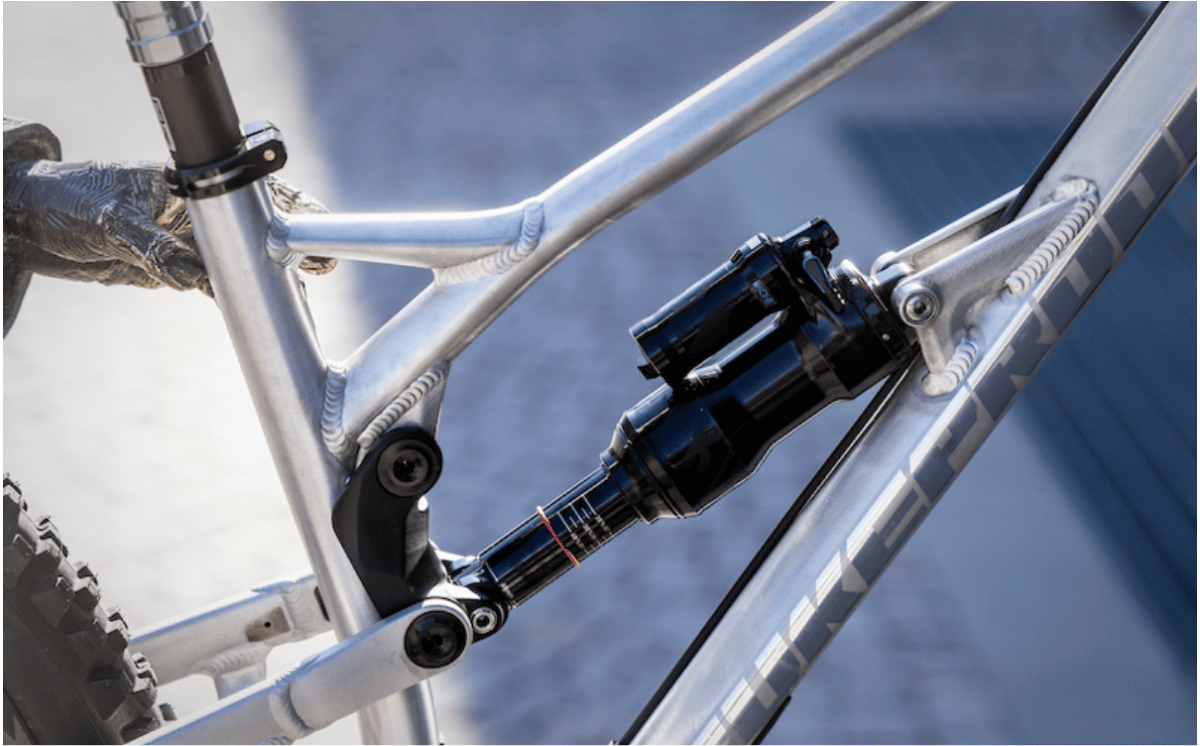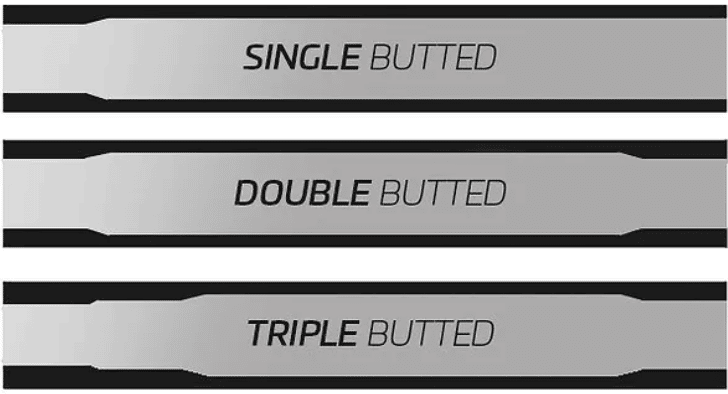Some of the best bike frames around, to this day, are made of aluminium and statistically they are responsible for the biggest sales volume on the bicycle market.
Materials like carbon fibre are just too expensive to be mass produced because not everyone will be able to afford it. Then the other option is to have the frame made of steel which is instead an obsolete material so then we’re left with aluminium and the two types of aluminium which are used the most are 6061 and 7005, along with a little bit of technology which enhances the performance of the frame even more.

6061 and 7005 aluminium alloys are the most common
The two main reasons that the 6061 and 7005 aluminium alloys are the most common is because of their availability and their properties. There are two other Alloys which are also used but aren’t seen as often and they are 6066 and 6069. There have also been frames called scandium frames but they were really just alloy frames with a bit of scandium added and even that was too expensive. Then there are even more types of alloys like the 7075 and 2014 but these are far too strong to weld.
6061 or 7005? What are their respective properties?
6061 Aluminium is not purely made of aluminium but actually has magnesium in it as its primary additive. 7005 is the same and also has an additive in it, instead of magnesium it has zinc. 7005 aluminium is generally more expensive than 6061 aluminium because the zinc in the aluminium is more costly than the magnesium in 6061.
Most bikes nowadays are strong enough to be able to do most things you want but when they become thinner or lighter then strength may be a deciding factor. Magnesium frames are little less strong that the zinc frames which means the 7005 aluminium is the better choice for you if you’re someone with an extremely light bike, like a road bike, on the other hand 6061 is perfectly strong enough for mountain bikes which already have a bigger tube design.
Since the bikes using 7005 aluminium in their frames are harder than the 6061 frames they feel more rough when you ride them. When you are riding on any type of trail and there are big or small bumps the bike actually absorbs these bumps and road vibrations so for smoother riding, choose the 6061 alloy because it is softer.

If you are someone that cares alot about keeping up with latest trends and bike designs then the 7005 may be the way to go because more often than not, these bikes are priced higher than the 6061 and have the more expensive, latest components on them.
Single, Double and Triple butted
When someone refers to butted they are talking about how thick the tube wall is in the bike frame. If the tube is the same thickness throughout the whole frame then we refer to this as being butted but if it changes and is thicker on the ends of the tube and thinner in the middle then it is referred to as being a double butted frame. Then if a bike frame is triple butted it means that the tube has three different thicknesses along the length of the frame. When these frames are produced with this type of technology it reduces the amount of material which is used to make the frame and in turn means that the overall weight can decrease by 15%.


Thank you for this lovely explanation, Leo.
As someone who’s currently shopping for a new bicycle, I’ve found this very helpful.
Best regards from Zurich, Switzerland.
Thanks for your comment!
Excellent explanation especially explaining the double & triple butted frames I never knew
I just know I won’t ever go back to a carbon fibre frame – over a period of time without any impacts it developed very fine almost imperceptible cracks all throughout the frame
Thanks for your comment
Aluminum is too brittle and fatigues quickly. It prefers to snap rather than rend. Repairing a break is a pipe-dream. Two aluminum frames broken, one flawless repair failed? Al, you’re fired. Titanium is great, but tricky stuff to work. Naw, I think the best option is good ol’ steel, chromoly or better. I don’t have the time and space to get into bamboo the way I’d like, so I won’t. Hmm, triple-butted aluminum? If done to aggressively reduce material, I wouldn’t trust the thinnest portions. Attributes to consider: strength, weight, brittleness, springiness, fatigue rate, build/repair/maintain ease, ecofriendliness, what else? It’s not a simple thing.